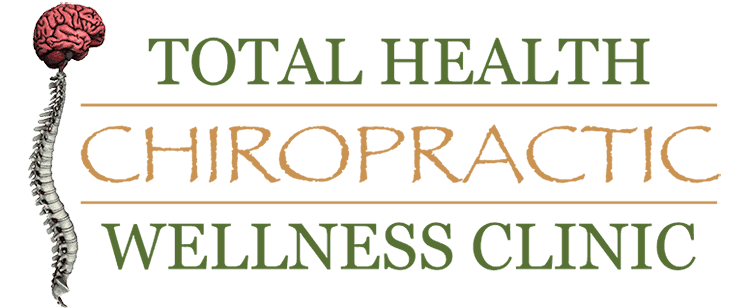Degenerative disc problems do not simply target the elderly. Statistics reveal that over 85% of the population will show evidence of spinal disc degeneration by the age of fifty. The majority of degeneration occurs gradually and without symptoms. Science defines a degenerative disc as a structural failure with accelerated or advanced signs of aging. The spinal degenerative process occurs much like a worn tire on an automobile experiencing axle misalignment. Proper alignment and movement of a spinal vertebra prevents the onset or acceleration of degenerative discs.
 Most people with degenerative disc problems only become aware of the condition after an extended period of deterioration. Evidence shows that the body adapts to spinal degeneration for years before pain begins. The onset of the pain or discomfort usually leads to the recommendation of powerful drugs to cover the symptoms instead of assessing and addressing the root cause. A combination of adjustments and spinal decompression to improve alignment and intervertebral disc health, coupled with an anti-inflammatory diet and good essential nutrients to help rebuild soft tissue form the ingredients for pain relief and improved function for people with degenerative discs.
Most people with degenerative disc problems only become aware of the condition after an extended period of deterioration. Evidence shows that the body adapts to spinal degeneration for years before pain begins. The onset of the pain or discomfort usually leads to the recommendation of powerful drugs to cover the symptoms instead of assessing and addressing the root cause. A combination of adjustments and spinal decompression to improve alignment and intervertebral disc health, coupled with an anti-inflammatory diet and good essential nutrients to help rebuild soft tissue form the ingredients for pain relief and improved function for people with degenerative discs.
Research from 2014 showed that people receiving just one high-velocity low-amplitude spinal manipulation experienced improved self-perceived pain, spinal mobility in flexion, hip flexion, and subject’s full height. Chiropractic focuses on addressing the underlying root cause of pain at the source in order to bring long term relief.
Chiropractors assess and address biomechanical dysfunction that can contribute towards maladaptive neuroplasticity. Lack of optimal vertebral mobility and alignment can disturb the nerve communication from the spine to the brain and from the brain to the rest of the body. This nervous system stress produces imbalances in motor patterns (muscle and movement), sensory systems (feeling and senses), and the autonomic system (organ function). Biomechanical dysfunction can create mechanical alterations which accelerate the joint and disc degeneration process.
Warning signs of biomechanical dysfunction and abnormal spinal curves and posture include pain, reduced range of motion, organ dysfunction, and much more. Biomechanical dysfunction generally forms without immediate symptoms much like cavities and high blood pressure. The onset of spinal degeneration and other related diseases begin without pain or symptoms. Waiting until cavities form presents a bad time to start brushing and waiting for the spine to deteriorate proves an equally concerning time to care for the spine. A proactive approach to health offers a powerful and healthy alternative to a reactive process.
Chiropractors undergo a highly skilled and trained process to locate biomechanical dysfunction and abnormal spinal curves, and further adjust to correct these dysfunctional states without simply relying on the location of pain. Research determined that a group receiving a single Chiropractic adjustment experienced significant changes in pain, mobility, and height. Regular wellness Chiropractic care can improve alignment and mobility in spinal vertebrae, allowing for greater function and a decreased risk of degenerative disc conditions. Anyone suffering from the early stages of disc degeneration deserves to know about and experience the benefits of Chiropractic care. Proactive care represents the best approach to long term freedom from pain.
References:

